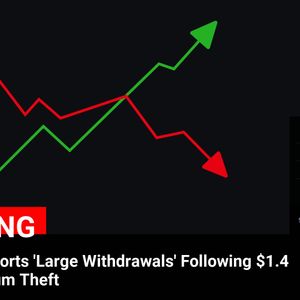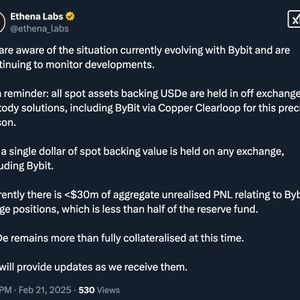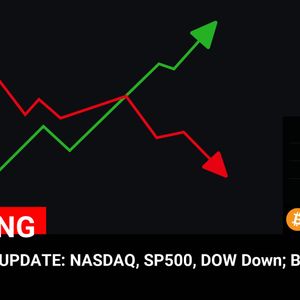Asia-Pacific markets mixed on Wednesday, tracking a rally in Wall Street's S&P overnight after President Donald Trump issued new tariff threats, fueling inflation concerns. On Tuesday, Trump announced plans to impose auto tariffs of around 25%, along with similar duties on semiconductors and pharmaceutical imports. Japan ( NKY:IND ) fell 0.34% to below 39,200 on Wednesday, ending a two-day rally as investors reacted to disappointing economic data. The Japanese yen held its recent decline to around 152 per dollar on Thursday. Core machinery orders in Japan, a crucial gauge of capital spending, unexpectedly fell in December. Additionally, Japan reported a larger-than-anticipated trade deficit for January, with imports outpacing exports . Japan's manufacturers' sentiment improved for the second consecutive month, with the Reuters Tankan index rising to +3 in February 2025, up from +2 in January. In corporate news, Honda indicated its willingness to resume merger talks with Nissan, contingent on the resignation of Nissan CEO Makoto Uchida. China ( SHCOMP ) rose 0.78% to above 3,340 and the Shenzhen Component climbing 1% to 10,720, recovering from the previous session's losses. The offshore yuan depreciated past 7.28 per dollar, marking its third consecutive session of losses, following the announcement of new tariff plans from US President Donald Trump. Further weighing on sentiment, Donald Trump Jr., the president’s eldest son, remarked that the US should be prepared to confront any potential military challenges from China, while remaining open to diplomatic talks with its rival. Separately, China criticized Trump’s tariffs at a WTO meeting Tuesday, citing inflation risk, market distortions, and a possible global recession, and urging Washington to withdraw its moves and engage in multilateral dialogues. On the economic front, China’s new home prices fell 5% year-on-year in January 2025, easing from a 5.3% drop in December. It was the smallest decline since July 2024, as China continues its efforts to address the ongoing property downturn. The market also continued to benefit from enthusiasm surrounding DeepSeek’s artificial intelligence advancements, with major Chinese companies adopting its technology. Hong Kong ( HSI ) fell 0.27% to 22,913 in early trade on Wednesday, retreating from the previous session’s rally. India ( SENSEX ) rose 0.33% to 76,263 in early deals on Wednesday, after being flat in the previous session, with almost all sectors trading in the green except tech and pharmaceuticals. Australia ( AS51 ) fell 0.73% to close at 8,419 on Wednesday, marking its third straight day of losses. The decline was driven by the Reserve Bank of Australia's hawkish rate cut, which continued to weigh on market sentiment.The Australian dollar Australia's seasonally adjusted wage price index increased by 3.2% year-over-year in Q4 of 2024, slowing from an upwardly revised 3.6% growth in Q3 and matching market forecasts of a 3.2% gain. The Westpac-Melbourne Institute Leading Economic Index in Australia edged up 0.1% month-over-month in January 2025, after remaining unchanged in the previous month. In the U.S., on Tuesday, all three major indexes ended higher as investors weighed the potential end to the Ukraine war alongside developments surrounding tariffs and interest rates. Market participants closely monitored policy moves from the Fed and the White House, particularly regarding tariffs and interest rates. Earnings season remained a focal point, with reports from Baidu and Alibaba contributing to global economic uncertainty. U.S. stock futures were little changed on Wednesday, following another positive session on Wall Street: Dow +0.12% ; S&P 500 +0.11% ; Nasdaq +0.15% . Traders are awaiting the release of the latest FOMC minutes for additional insight into the Fed’s rate outlook. Currencies: ( JPY:USD ), ( CNY:USD ), ( AUD:USD ), ( INR:USD ), ( HKD:USD ), ( NZD:USD ). More on Asia: Japan reports larger-than-expected trade deficit for Jan, imports outpaces exports Trump says 25% tariffs targeting cars, chips & pharma imports coming as soon as April 2 RBA cuts its cash rate by 25 bps for first time since 2020, in-line with market expectations Japan’s economy expands by 0.7% Q/Q in Q4, beats estimates China’s services sector growth slows to four-month low in January




















